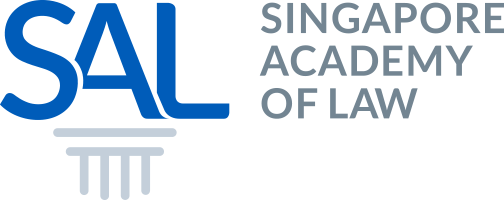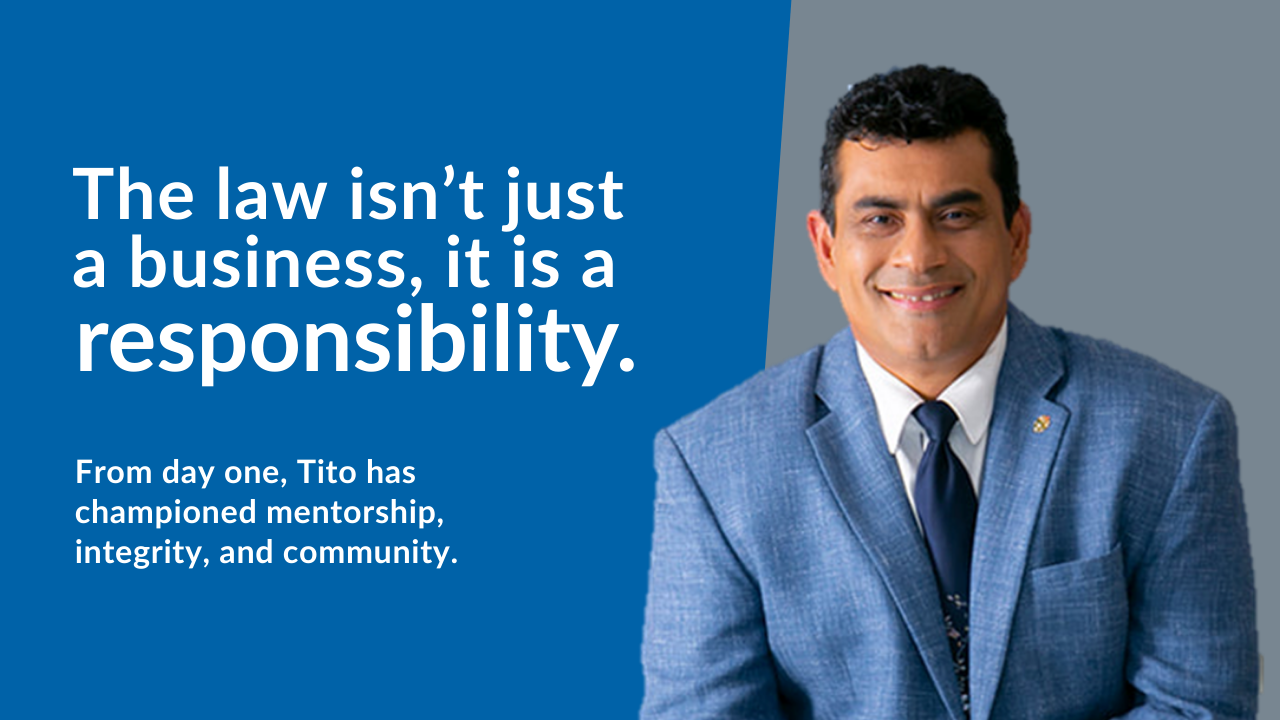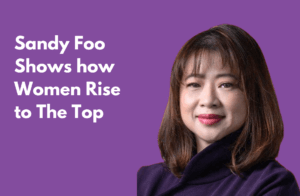An inside conversation with Tito Isaac, Chong Yi Mei & Kawal Pal Singh Founding partner Tito Isaac and new co-managing partners Chong Yi Mei and Kawal Pal Singh of Tito Isaac & Co LLP open up about succession, stewardship, and the values that keep their firm future-focused and firmly grounded. Q: Tito, what’s been the […]
We enable future-ready,
trusted legal professionals
What makes SAL distinctive?
SAL is more than just a membership organisation; we’re here to support your thriving and future-ready legal career.
LEARNING THAT NEVER STOPS
SAL ignites careers with dynamic learning experiences. Our brand of cutting-edge continuing legal education programmes ensure that members stay ahead of the curve.
KNOWLEDGE AT YOUR FINGERTIPS
Ready and reliable access to comprehensive and authoritative legal content keeps members in the know. Our resources—from legal journals, practice guides and commentaries—are constantly expanded and updated.
GLOBAL PERSPECTIVES
SAL’s vision is to make Singapore the legal hub of Asia and we offer members the global perspectives and connections to realise this.
INNOVATION YOU CAN EXPERIENCE
Our commitment to empowering legal professionals is evident in the array of bold digital innovations and cutting-edge technologies we have introduced.
NETWORKS THAT LAST A LIFETIME
As the sole umbrella organisation for the legal profession, we help build meaningful connections among practitioners, in-house counsel, judges, and academics to drive collaboration and innovation.
A TRUSTED PROFESSION
We inspire public confidence in the legal profession through our efforts to uplift professional ethics and standards.







